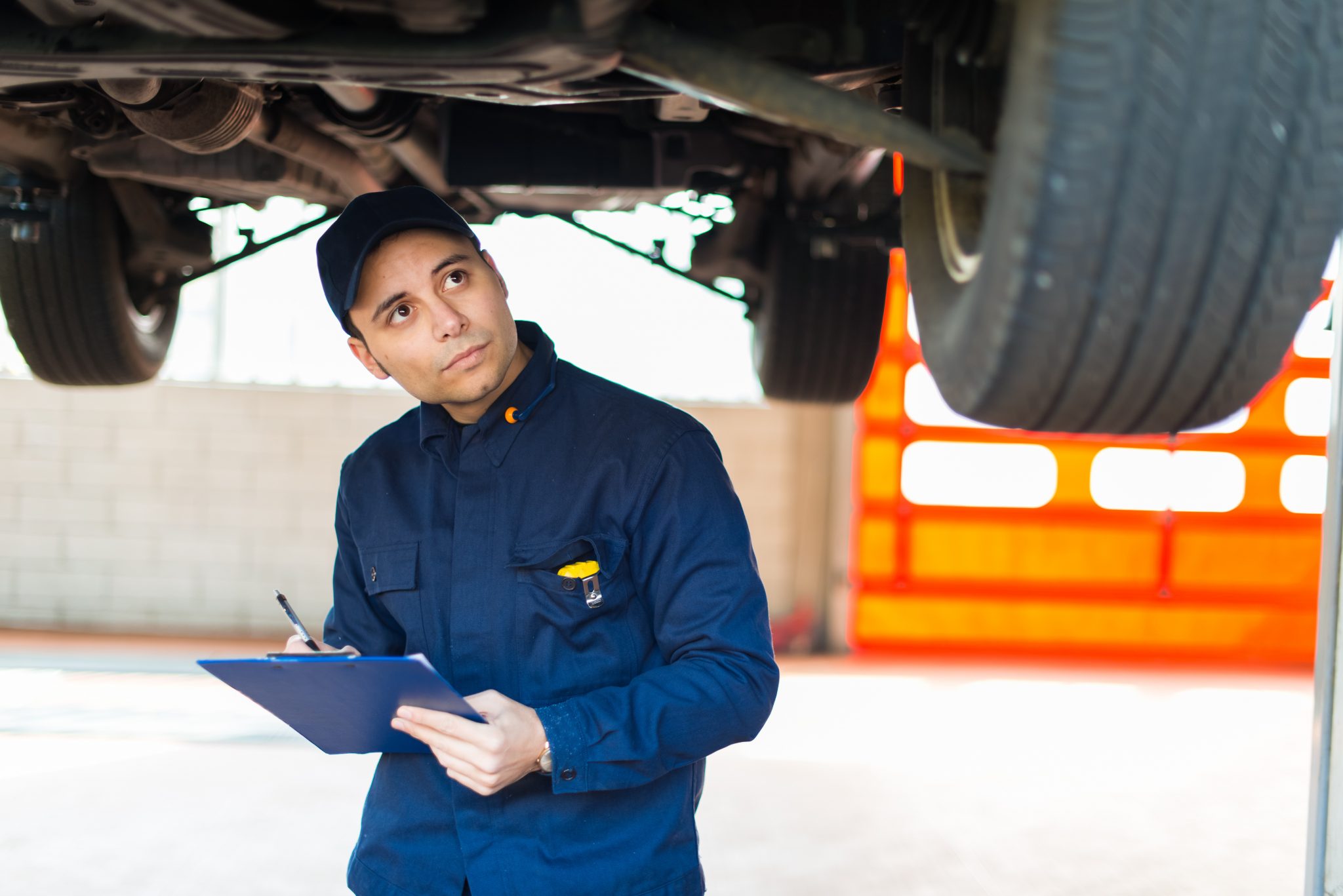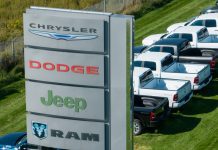If you think back 20-30 years ago, almost every dealership had a body shop. Customers brought their cars to the dealer’s body shop because of the perceived quality of service, and lack of alternative options.
With time, independent body shops and nationwide chains grew and improved to the point where customers (and insurance companies) stopped sending business to the dealers. Most of these dealer body shops are now closed. It was as if dealers couldn’t keep up with the changing times.
Are dealer service departments next? According to a 2017 article in Automotive News, franchised dealers are getting less than one-third of all repair orders. This news should be alarming if you run a dealership service center. Where dealerships once owned the service business, standalone service chains are now ruling the market.
So, why are customers going elsewhere, and what can you do about it?
Cost
The overwhelming public perception is that servicing your vehicle at a dealership will cost you more. While this may or may not be true, it is an objection that needs to be addressed.
Those inside the industry understand that dealerships generally have more overhead, including higher compensation rates for technicians. This makes it harder to compete in the market, but it can also be a selling point.
How well do you communicate to your service customers the value of your highly specialized technicians, equipment or facility?
Level of Service
Another public perception is that dealerships offer an inferior level of service to that of a standalone service department. Dealerships have the reputation for not caring as much about customers, and there seems to be a wide gap between the customer and the repair that is being performed. This lack of connection to the repair is exactly where smaller shops win out with better communication between technician and customer.
Other common complaints include longer wait times, and less honesty when you take your vehicle to a dealership. One key to combat these complaints is an increased focus on customer service. With too many dealerships placing primary focus on internal repair orders and warranty work, it’s no wonder that the customer feels second rate at a dealership.
Struggle with Routine Service
There are certain types of service that can only be performed at an authorized dealership. Warranty and other specialized repairs will likely be secure sources of business for a long time. But what about routine service like oil changes, brakes, tires and alignments? Many standalone service centers have mastered these types of repairs to the point that most customers won’t even consider going to a dealer for routine service.
Dealerships may seem to be at a disadvantage here. Dealerships have an obligation to offer a full menu of services, while many standalones specialize in more routine service. Unfortunately, this is not an easy obstacle to overcome. It requires planning and sometimes drastic changes in culture, processes and even facility.
Lack of Consistency
Consistency is another advantage that large service chains have over dealerships. Customers at nationwide chains have come to expect the same level of service at locations in New York as they would get in Texas, California, or any other location.
Unfortunately, this same level of consistency is conspicuously absent in dealerships of the same manufacturer. You could have a totally different experience at a Ford dealer in Atlanta than you might have in Seattle.
As a franchised dealer, there is not much you can do about the service experience at other franchised dealerships. This problem is out of your reach. What you can do, however, is improve your own consistency. Do your customers receive the same high level of service every time the pull in the drive? Work to give them the type of experience they would expect at a large chain service center and stay consistent every time.








